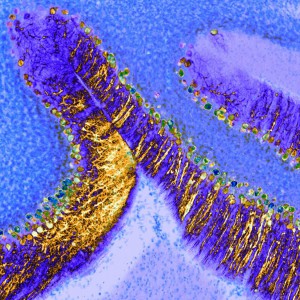Welcome to the Callaway lab

We are studying the organization and function of neural circuits in the visual cortex to better understand how specific neural components contribute to the computations that give rise to visual perception and to elucidate the basic neural mechanisms that underlie cortical function. We employ anatomical and physiological methods both in vivo and in vitro to reveal neuronal circuitry and to identify the emergent functional properties of the component neurons.
Present studies focus on: identifying the roles of specific cell types in cortical function by mapping their connections, and monitoring and manipulating their activity using genetic and viral tools; understanding the contributions of cortical and subcortical structures and cell types to functional interactions between visual cortical areas; understanding the neural mechanisms that underlie changes in behavioral performance with attention and that regulate shifts in attention.
We are also actively developing and utilizing molecular and genetic methods to facilitate the elucidation and manipulation of neural circuits. These methods include: development of promoters that drive gene expression specifically in cell types of interest; selective trans-synaptic viral labeling of neural circuits; viral delivery of genetic material to allow manipulation of circuits in species where typical transgenic technologies are presently impractical.